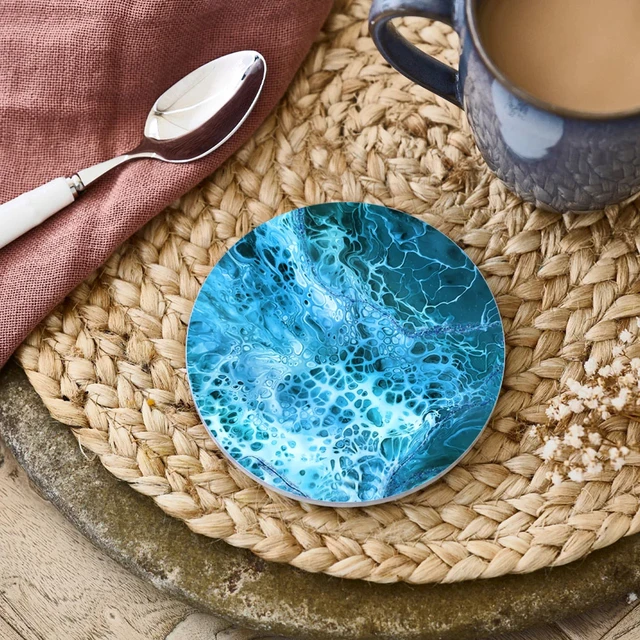9 Easy Facts About Unique Art Explained
9 Easy Facts About Unique Art Explained
Blog Article
Unknown Facts About Unique Art
Table of ContentsThe Best Strategy To Use For Unique ArtThe 15-Second Trick For Unique ArtThe Of Unique ArtThe 6-Minute Rule for Unique Art
While one could discuss which art type holds priority, the truth continues to be that each of these seven forms gives a distinct window into human history, culture, and evolution. They are the tapestries that chronicle our journey, advising us of our past while motivating visions for the future.Excellent art work narrates, makes people look twice, and produces a special experience that can not be matched. Art and illustrations communicate every one of that via shade, shape and other layout elements. Learn how to make your special artwork stick out from the crowd.

8 TRIA GIOVANEqual parts grand and laidback, this foyer made by Anthony Baratta is the best blueprint to comply with if you're decorating a formal entrance that still feels unfussy and comfy. Formed textiles take center stage (see the rugs and the couch), however they also assist bring the high ceilings down to a human scale when hung over wallpaper.
Some Known Facts About Unique Art.
18 Heidi Caillier DesignA gallery wall surface doesn't require to take up the entire room. In truth, occasionally a tiny one can make a bigger style declaration. In this living area, Hiedi Caillier went with micro-mini frameworks and an arbitrary structure. Advertisement - Continue Analysis Below19 Stephen Kent JohnsonDesigner Juan Carretero went with a deep green paint color to comparison with the light wood coatings.
, the expression of ideas and feelings, with the creation of particular visual top qualities, in a two-dimensional visual language. The aspects of this languageits forms, lines, colours, tones, and texturesare used in numerous ways to create sensations of quantity, area, activity, and light on a flat surface. These aspects are integrated into meaningful patterns in order to stand for real or mythological phenomena, to interpret a narrative style, or to produce completely abstract visual connections.
Later the idea of the "fine musician" created in Asia and Renaissance Europe. Throughout the 19th century painters in Western societies started to shed their social placement and safe patronage.
How Unique Art can Save You Time, Stress, and Money.
Others made an income through touring exhibitions of their job. The requirement to interest a market had actually replaced the comparable (if much less impersonal) demands of patronage, and its impact on the art itself was most likely comparable also. Typically, artists in the 20th century might reach an audience only via industrial galleries and public museums, although their work may have been periodically reproduced in art regulars.

Don't duplicate the style of various other musicians if you're trying to locate your style. Duplicating other individuals's artwork can be terrific in instructional purposes however it will certainly not make you closer to finding your own special design. Your artistic style needs to be, what you such as and what inspires you.
I would consider your own you could look here style as a design you paint in normally, when you let go of all thoughts and policies and just concentrate on painting, not assuming regarding it. Unique Art. The design has to come naturally to you when you are loosened up and you can not compel it or it will not be your own style, simply another person's
The Best Guide To Unique Art

With time you'll have the ability to arrange every one of them into your favored and the very least favorite groups. Try to concentrate your focus on the subjects and mediums that you like and prior to you see it coming you'll have your own personal and unique style, like no person else have! So in the long run you'll have a couple of preferred subjects to repaint and maybe a couple of preferred mediums.
The design needs this post to develop itself over time with a whole lot of method and experiments - Unique Art. Thank you for reviewing this article and if you have any important site kind of inquiries leave them in the remarks listed below, I 'd more than happy to respond to these
Report this page